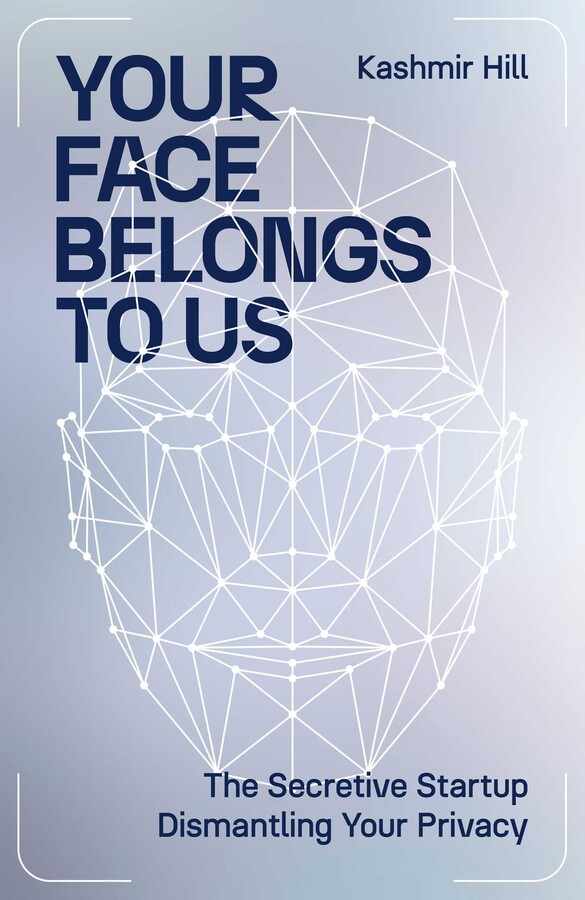
In 2019, New York Times reporter and author of 'Your Face Belongs to Us: The Secretive Start Up Dismantling Your Privacy' Kashmir Hill received a tip-off from an unnamed source about a mysterious company called Clearview AI.
The company claimed that, with a single image of someone's face, it could accurately identify almost anyone with more than 98 per cent accuracy – a frightening prospect, if true, with far-reaching implications for individuals' privacy.
Hill, then six months pregnant, embarked on an investigation to find out more about the elusive company – only to come up against constant and curious dead-ends.
Like something from a Hollywood movie, the company simply... didn't seem to exist.
But the deeper Hill went in her investigation, the more shocking the story became – and the closer a dystopian future devoid of privacy seemed.
The following is an edited extract from 'Your Face Belongs to Us: The Secretive Start Up Dismantling Your Privacy, in which Hill documents her journey to find out more about the company and the implications of unchecked facial recognition apps.
***
The company's online presence was limited to a simple blue website with a Pac-Man-esque logo – the C chomping down on the V – and the tagline “Artificial Intelligence for a better world.” There wasn’t much else there, just a form to “request access” (which I filled out and sent to no avail) and an address in New York City.

